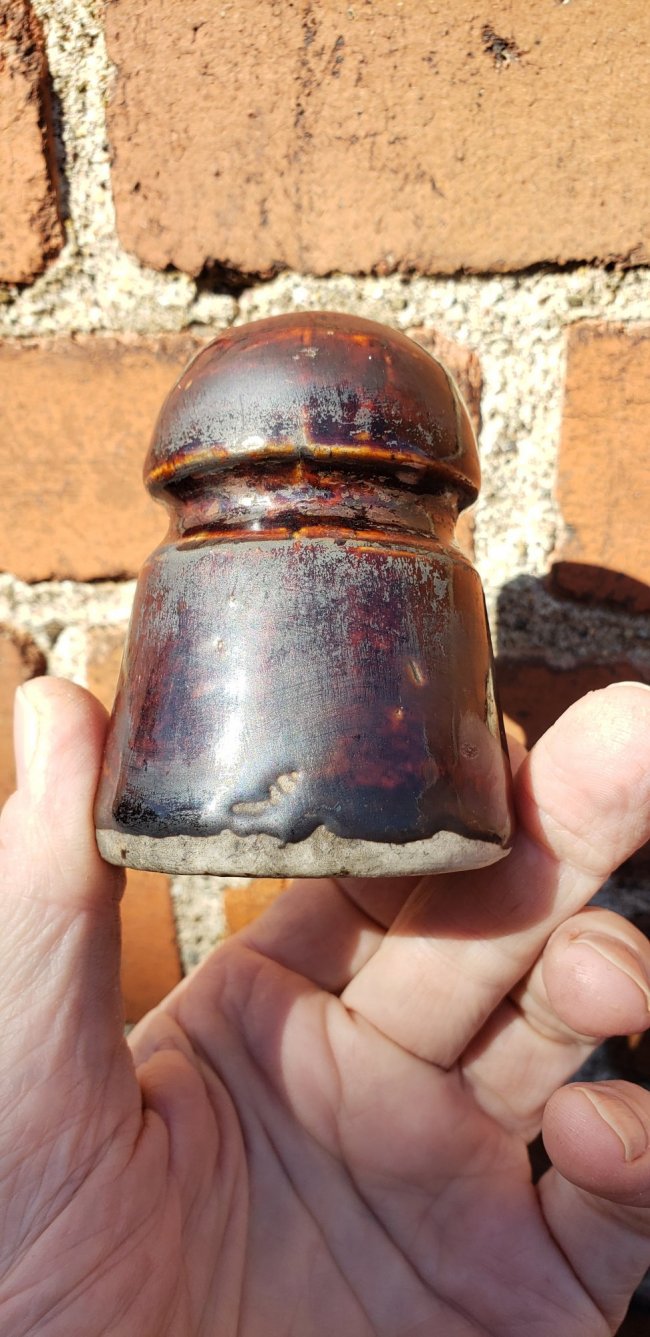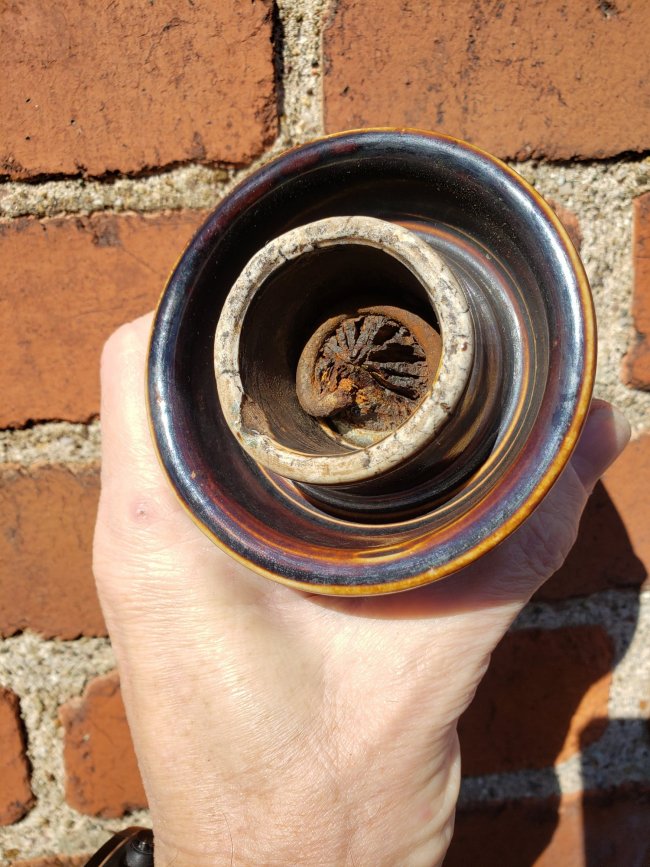Minuteman Archaeologist
Mudlarking New England
Where could I likely be able to find a good concentration of intact glass railroad insulator? I just started following the telegraph poles with some success, but still looking to broaden my scope of research. Any tips would be helpful.


